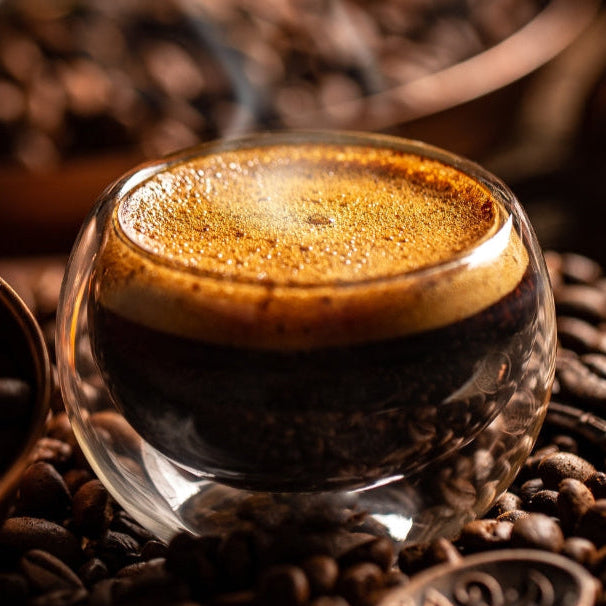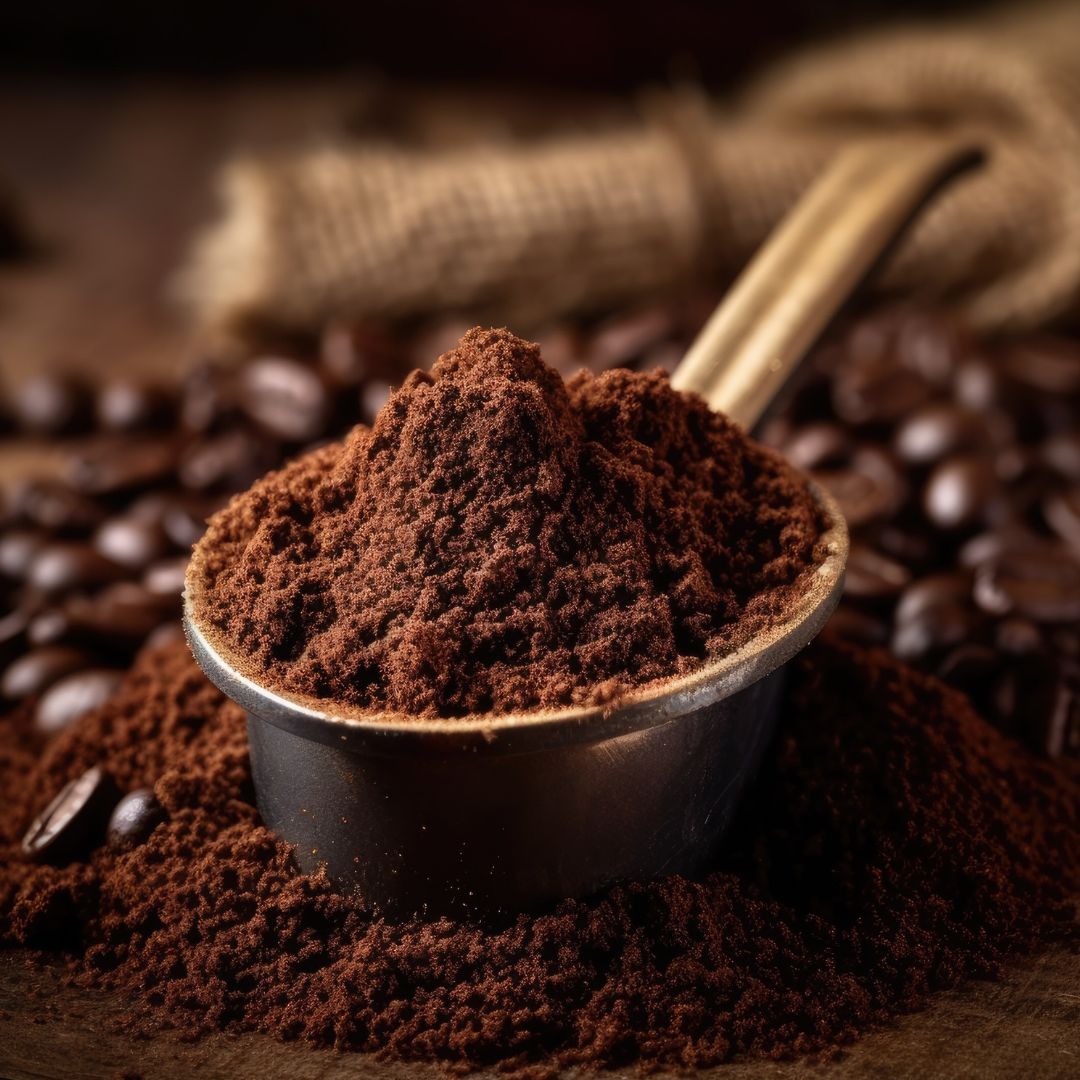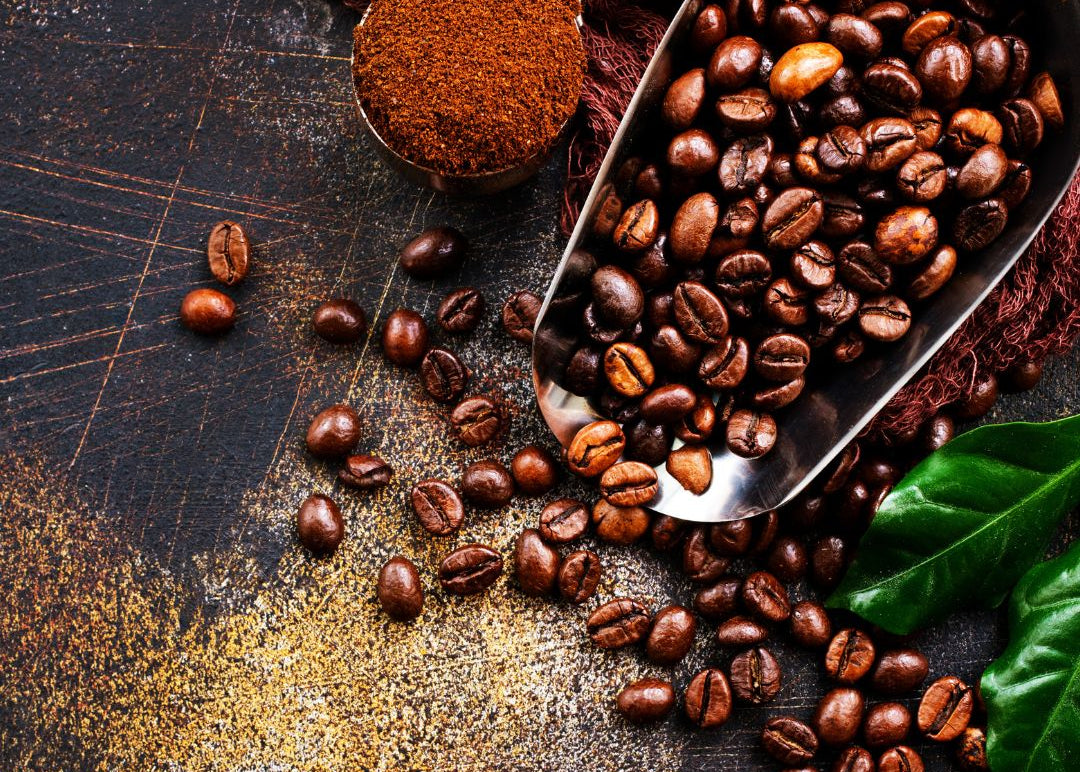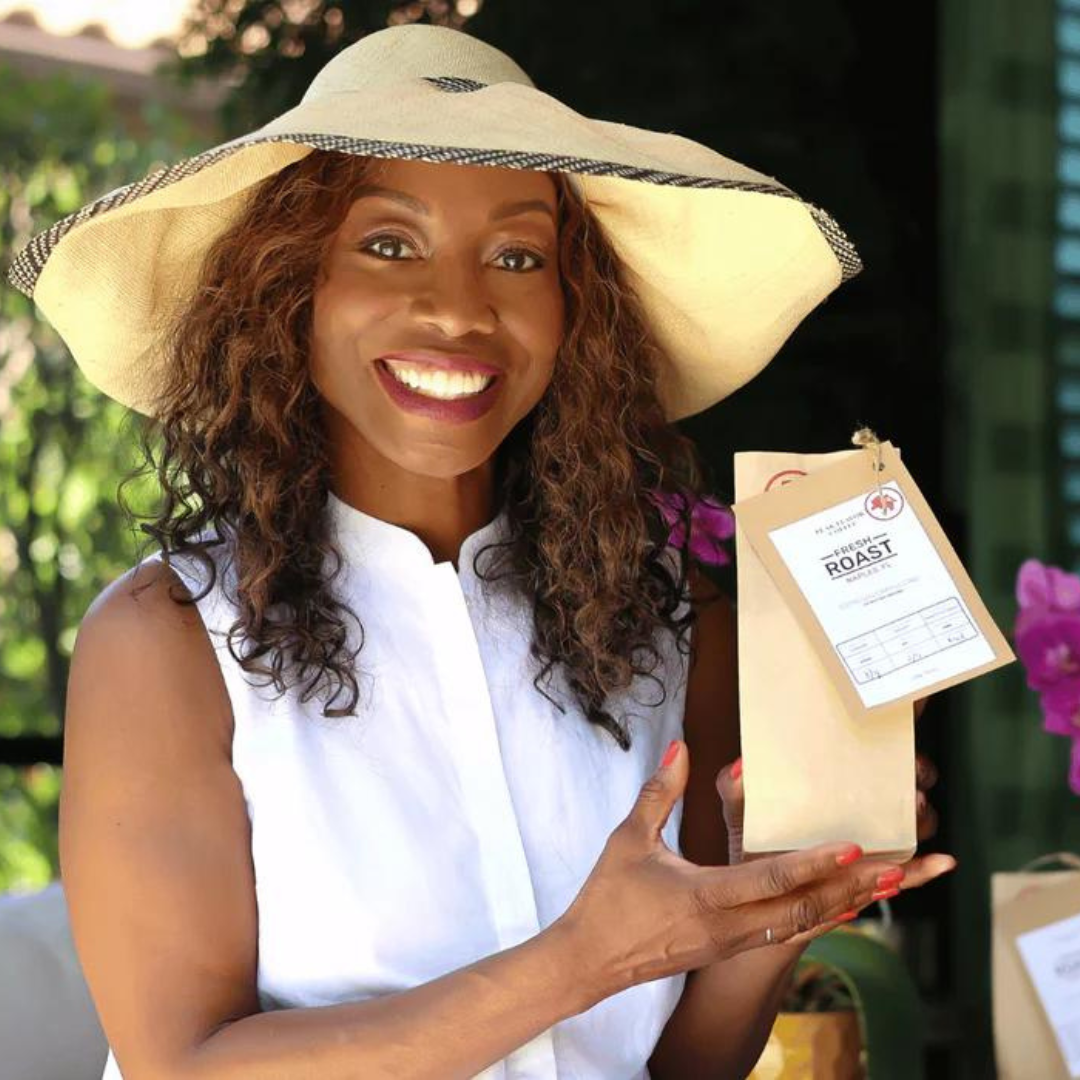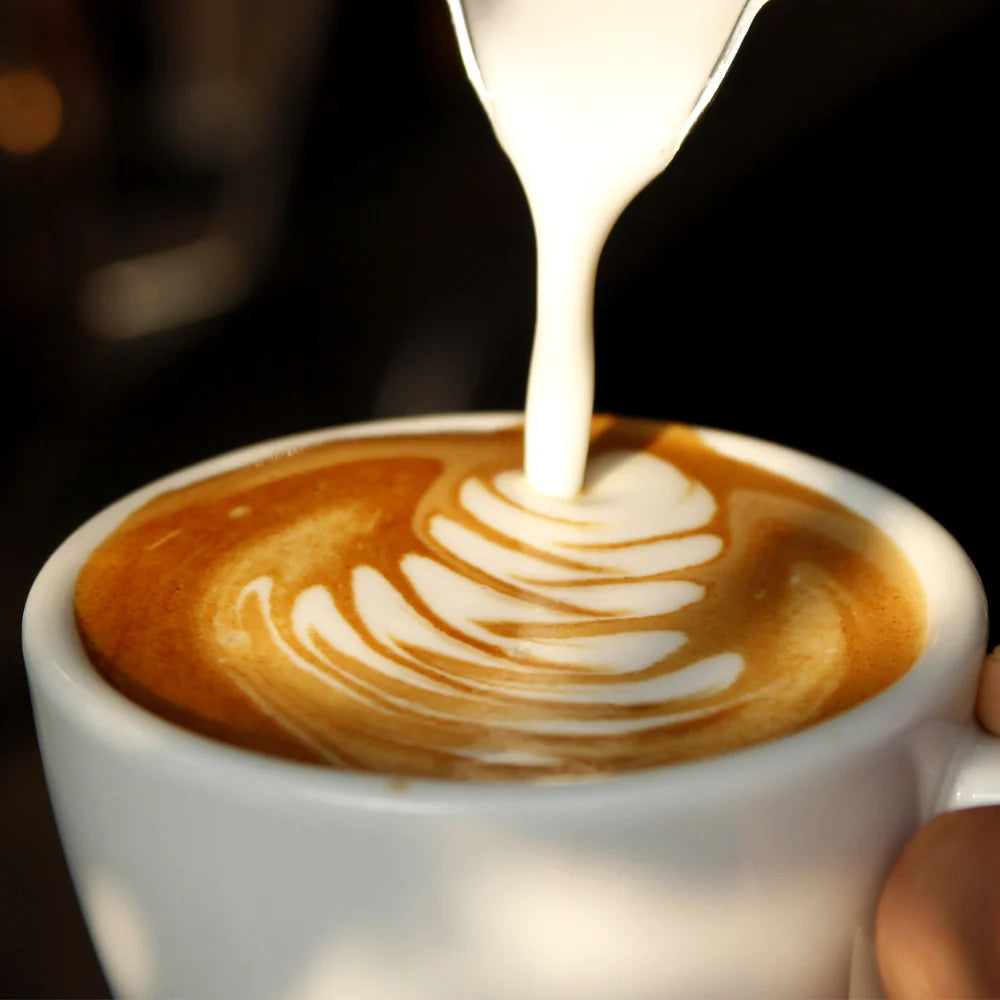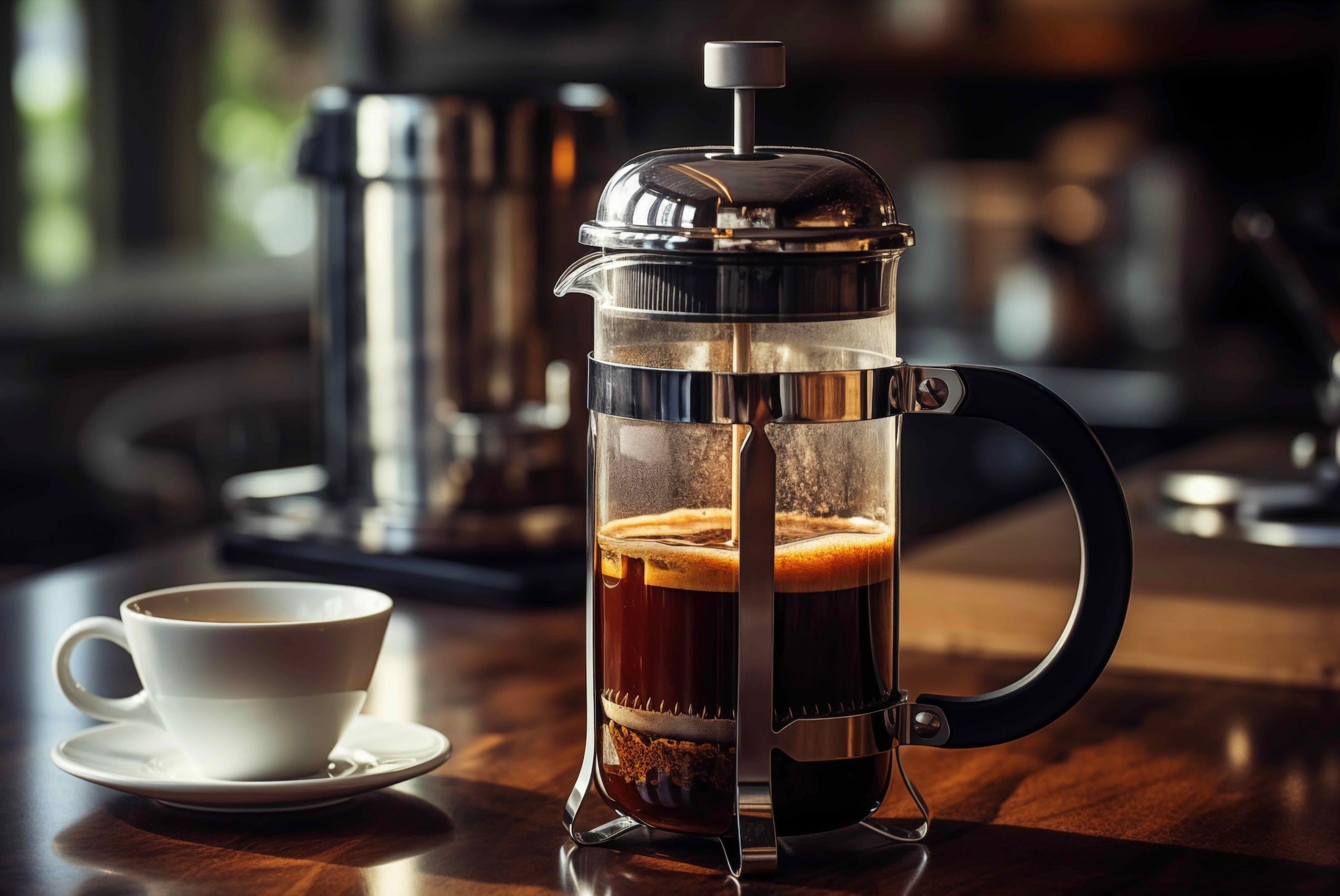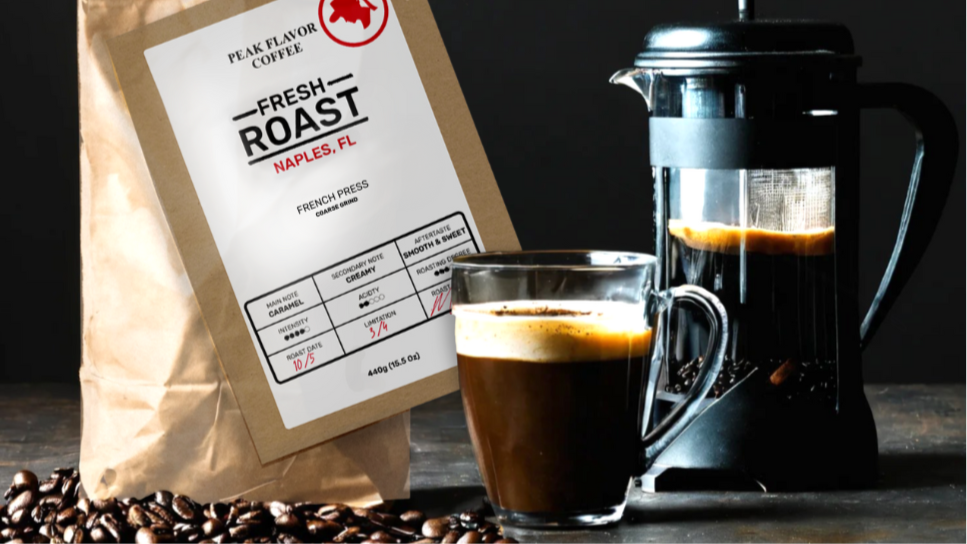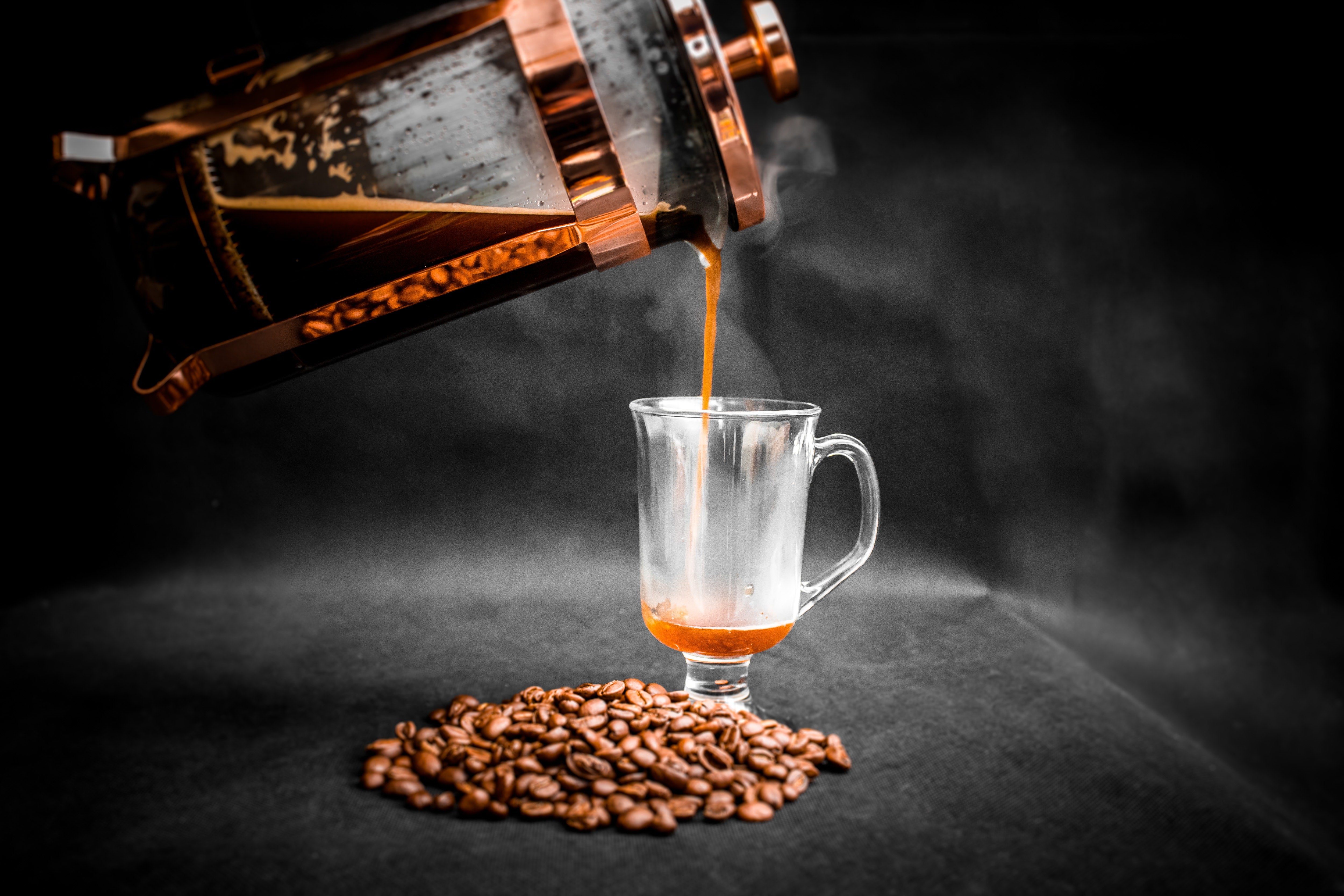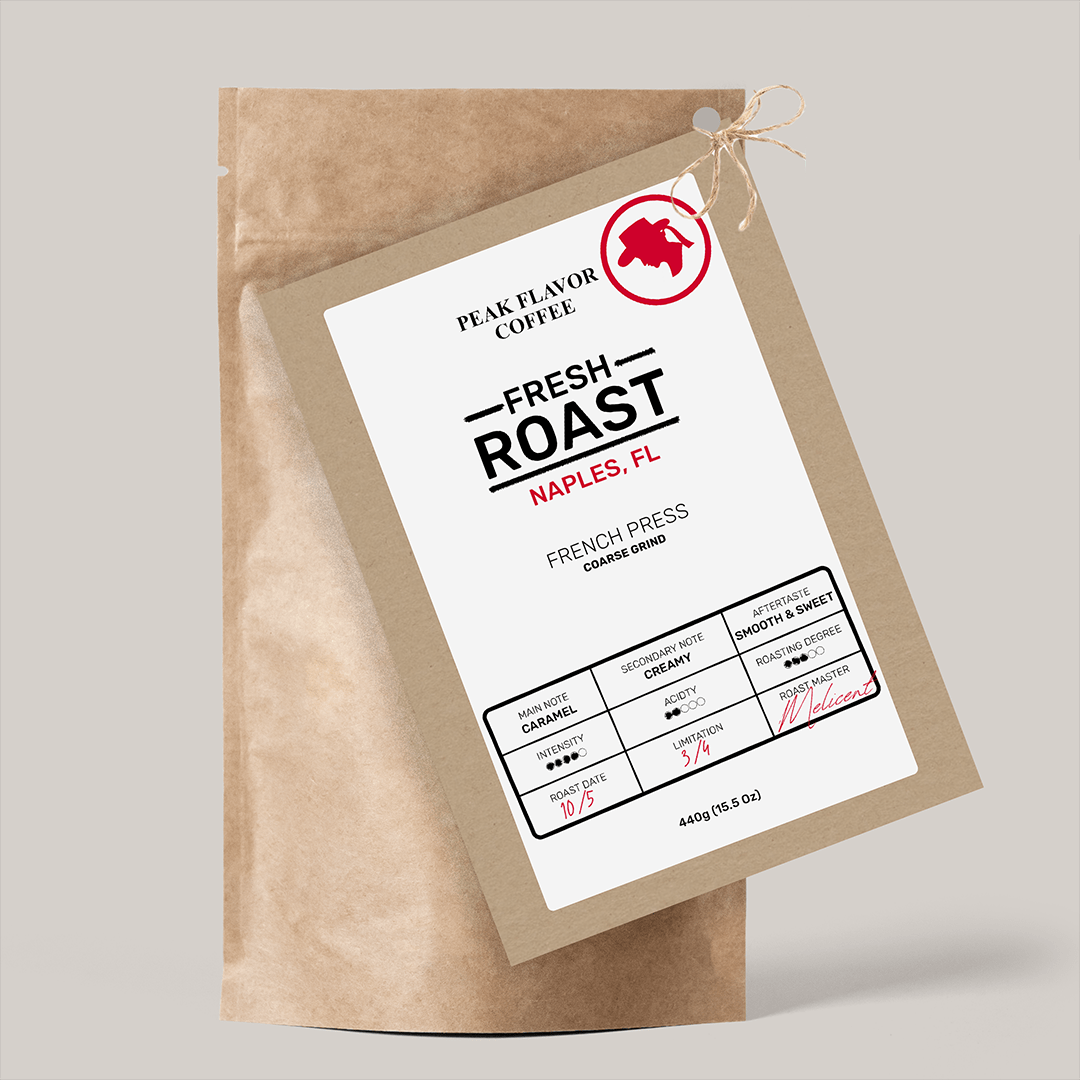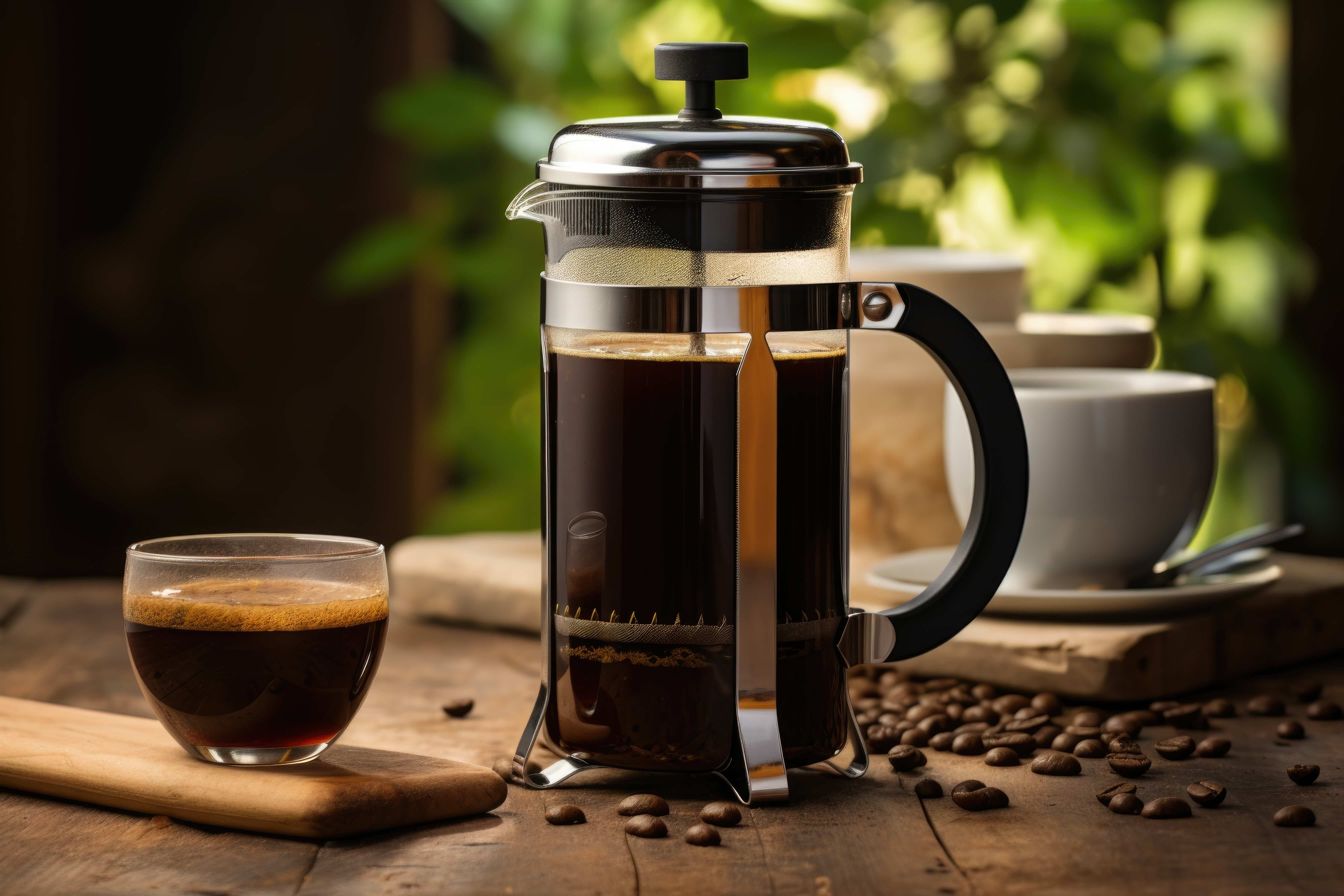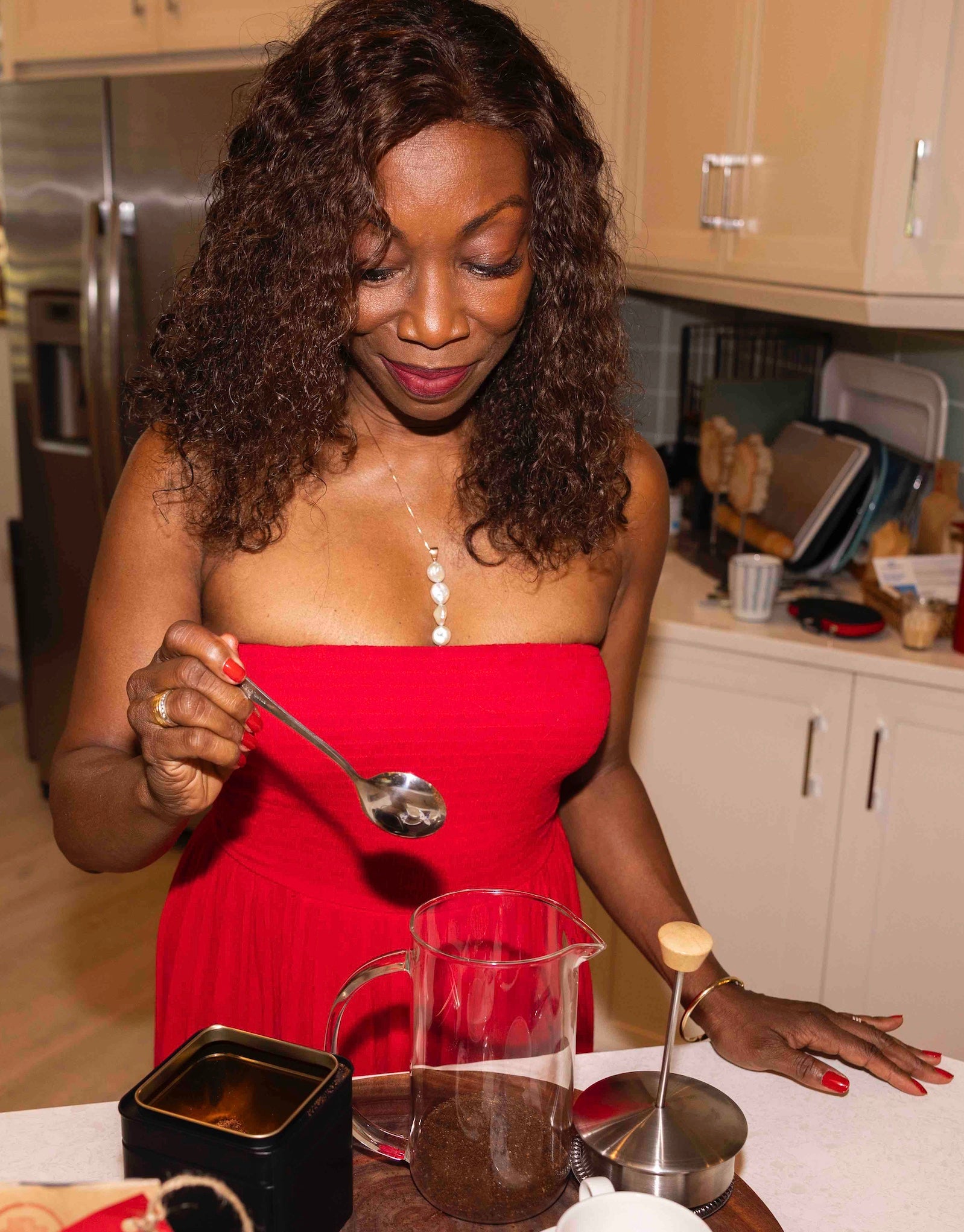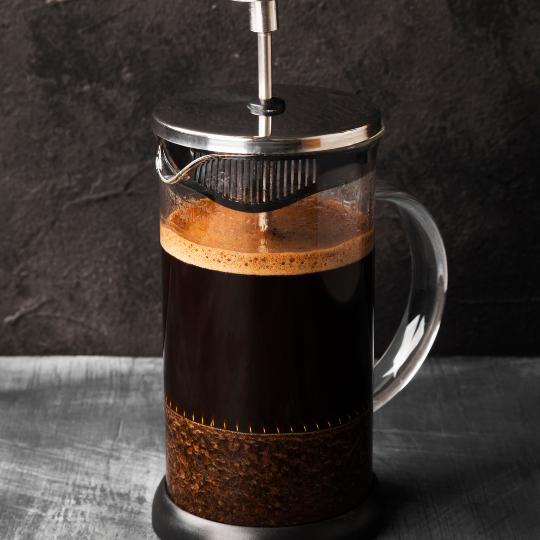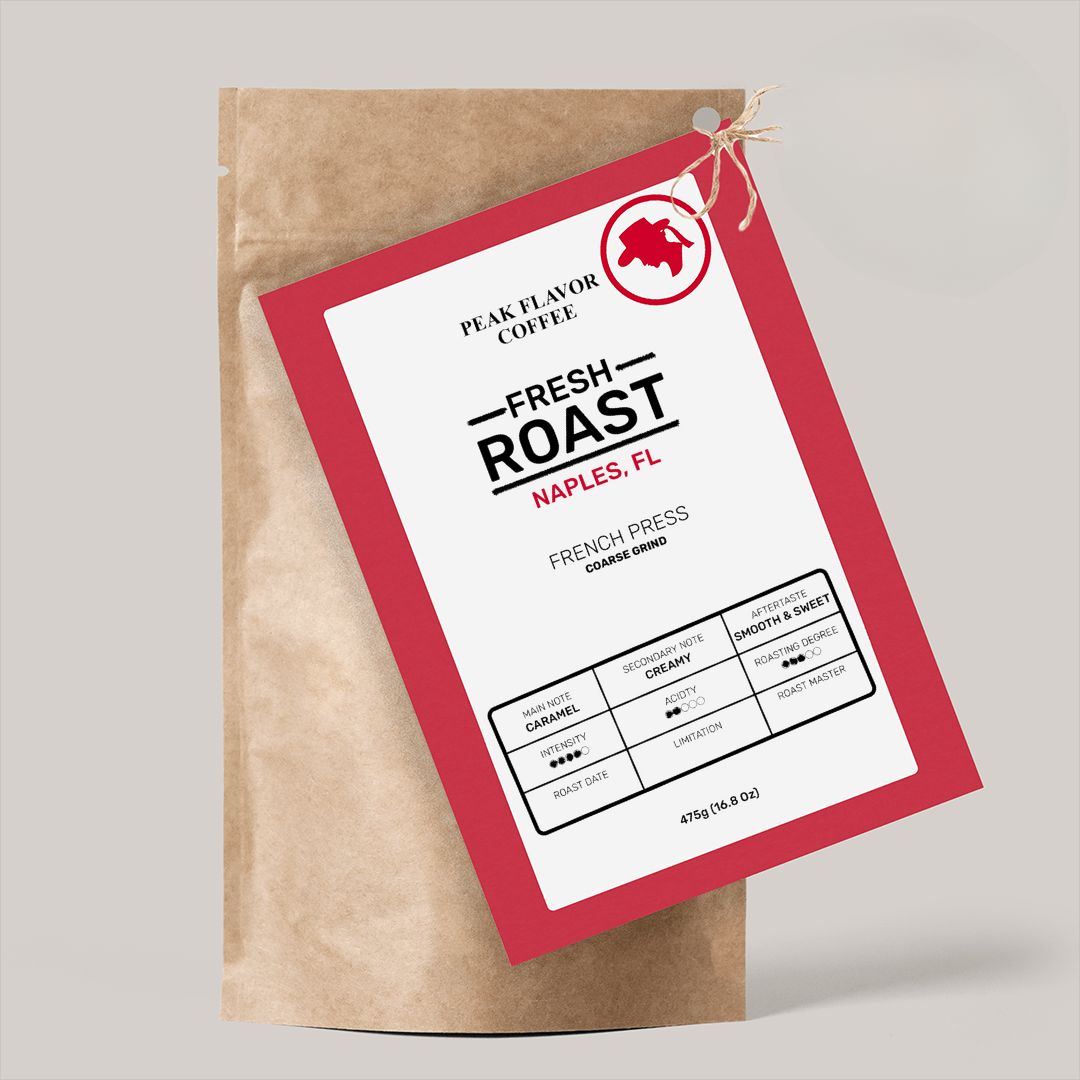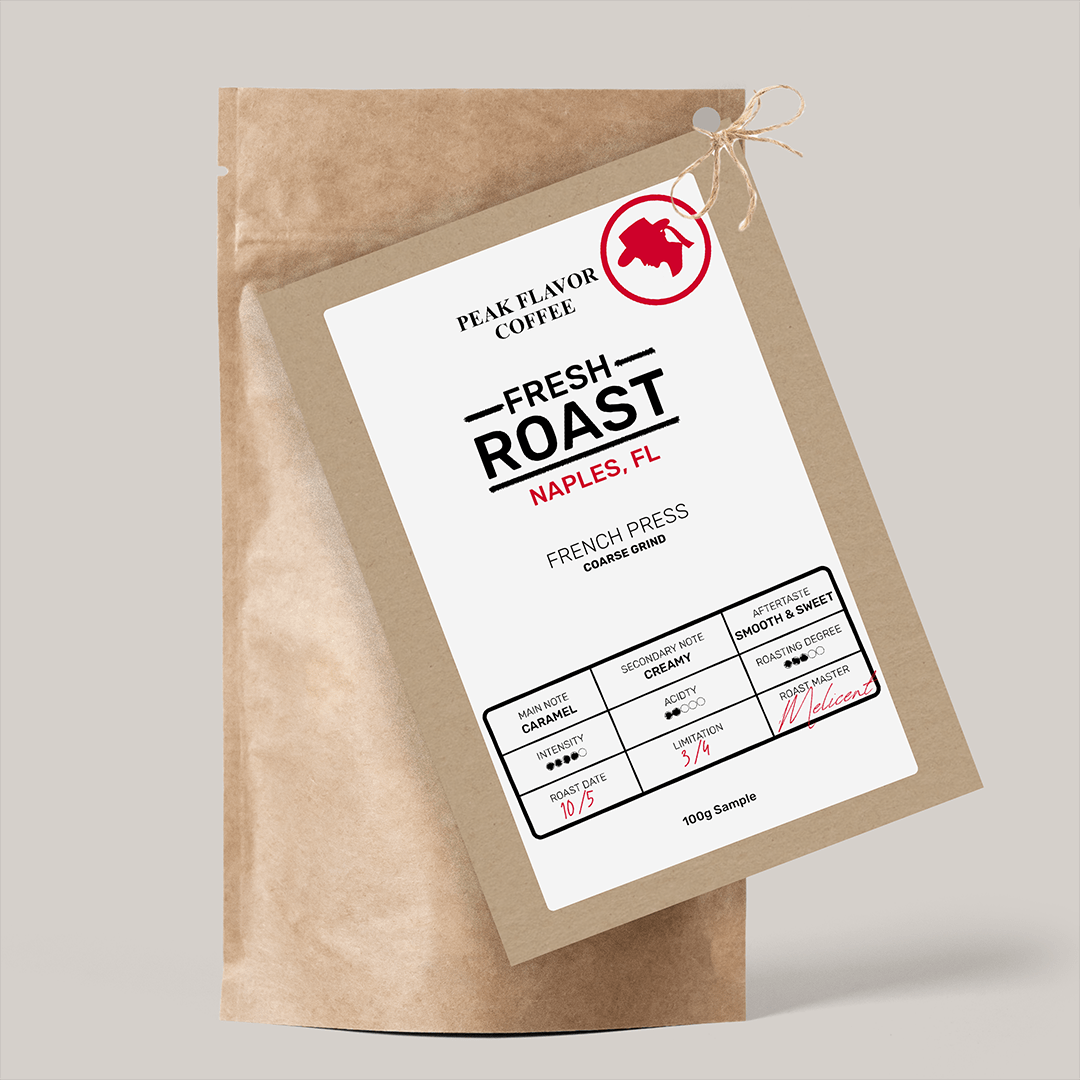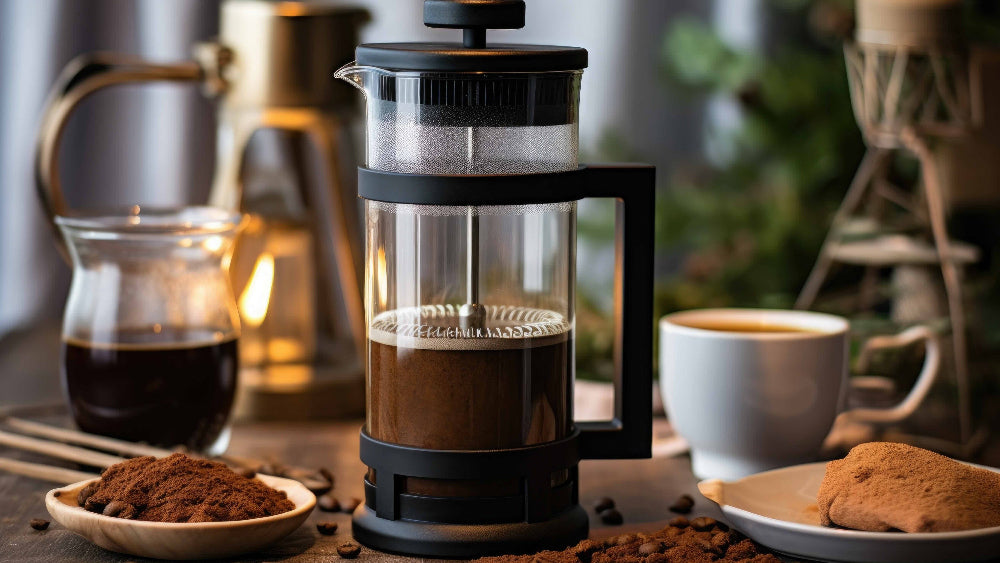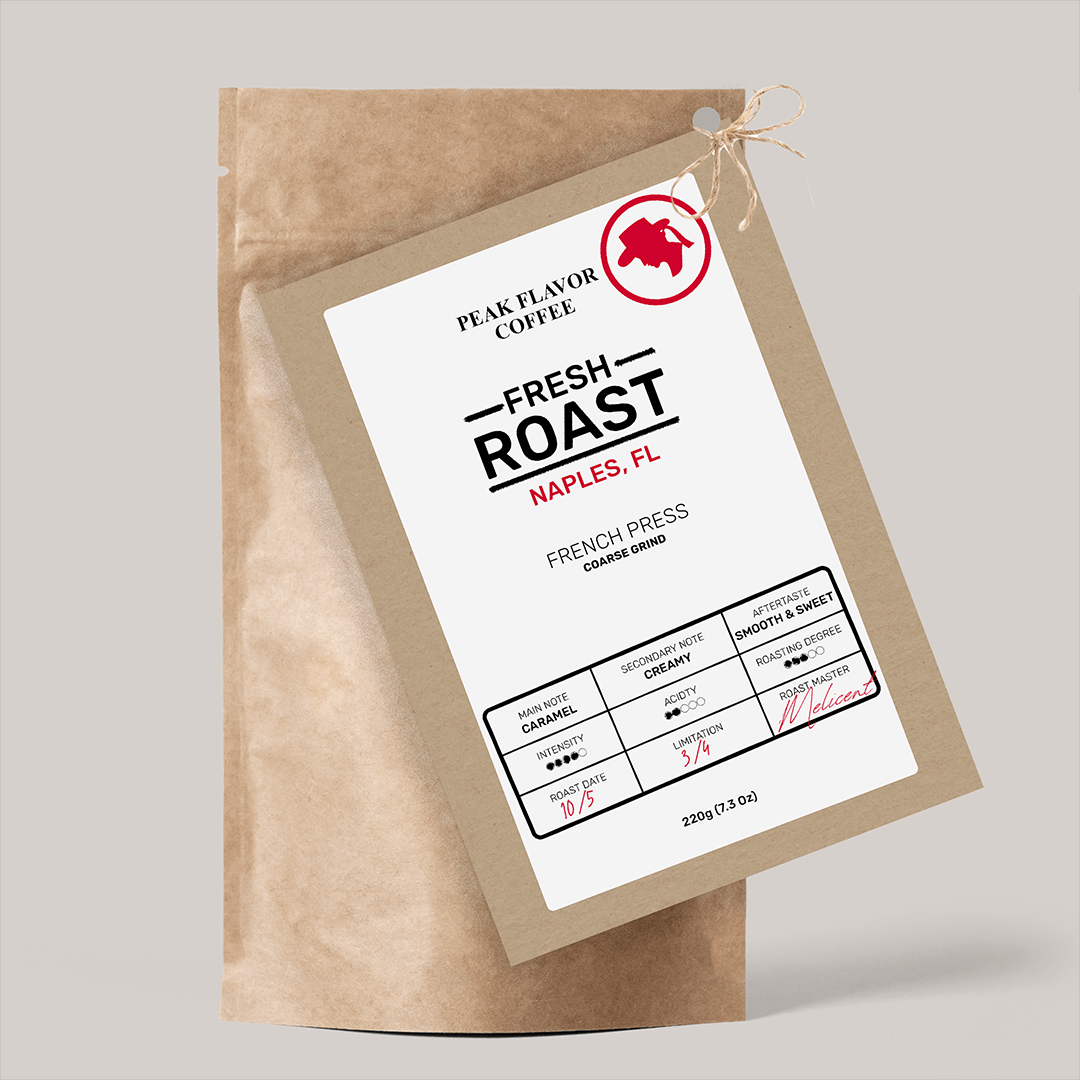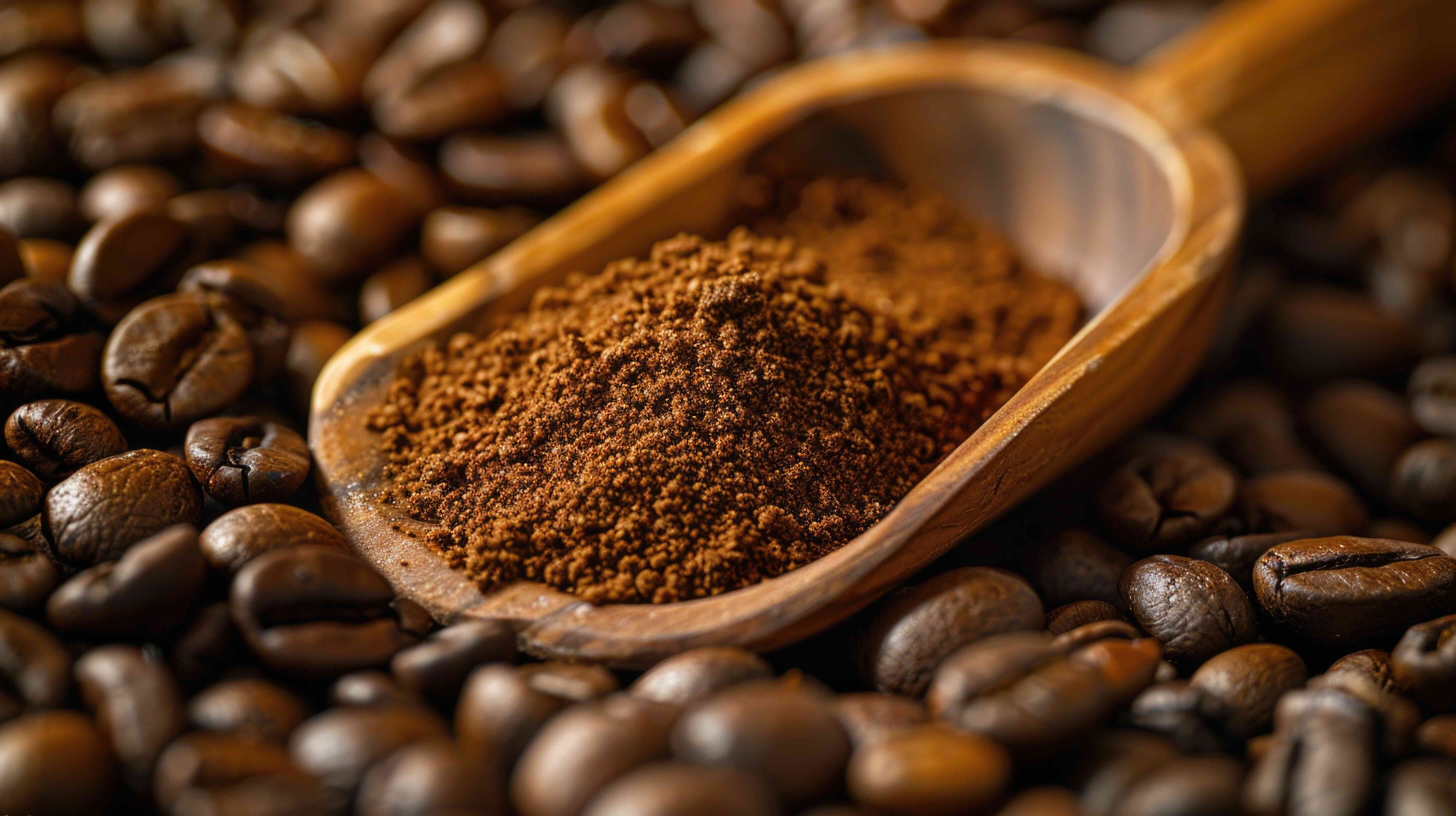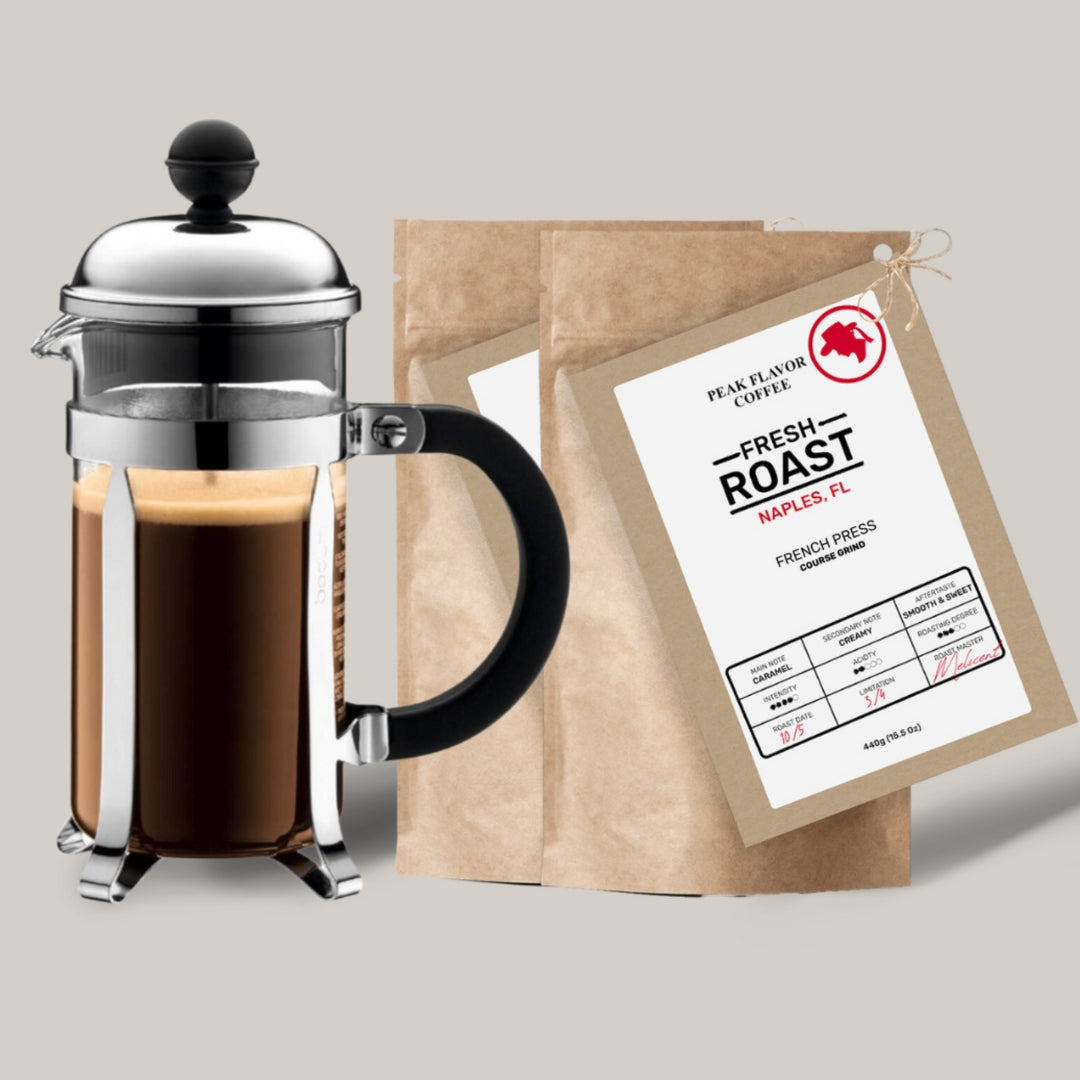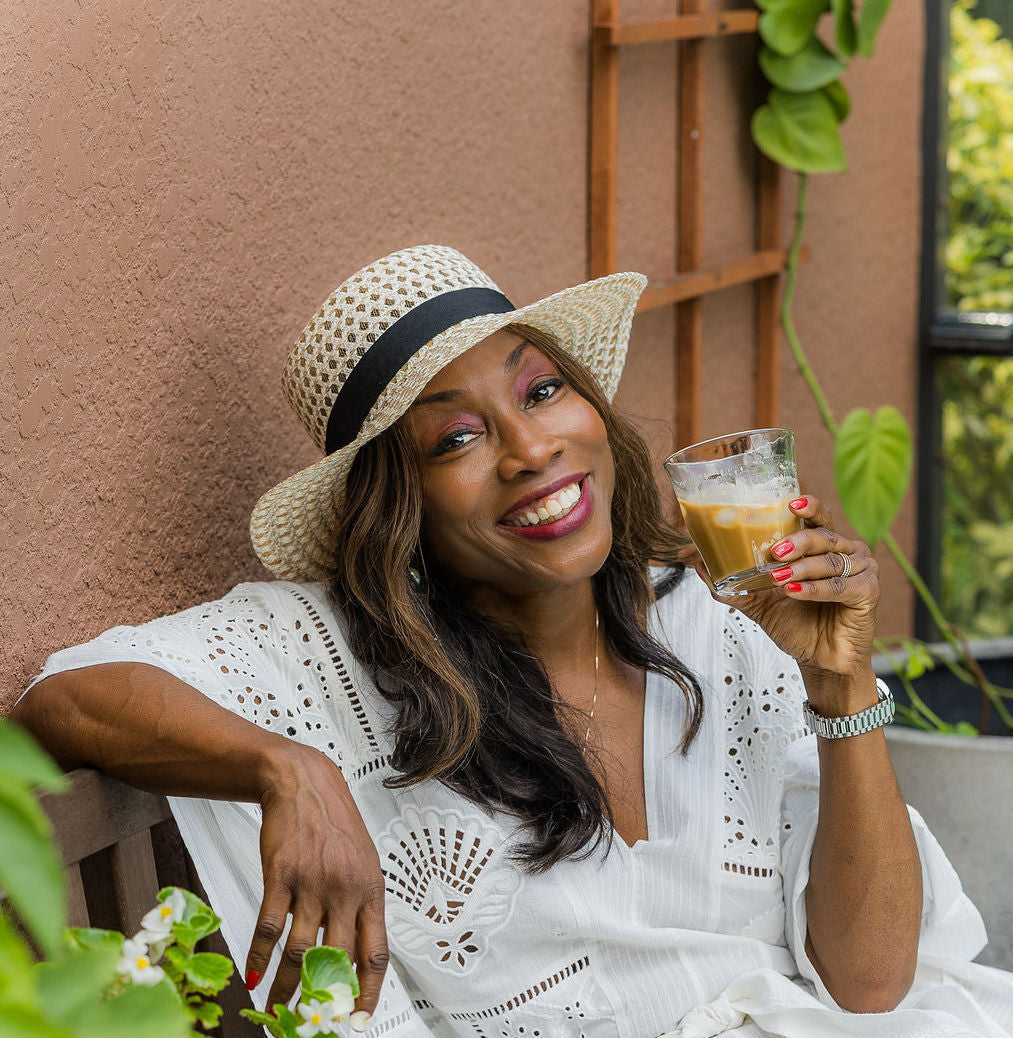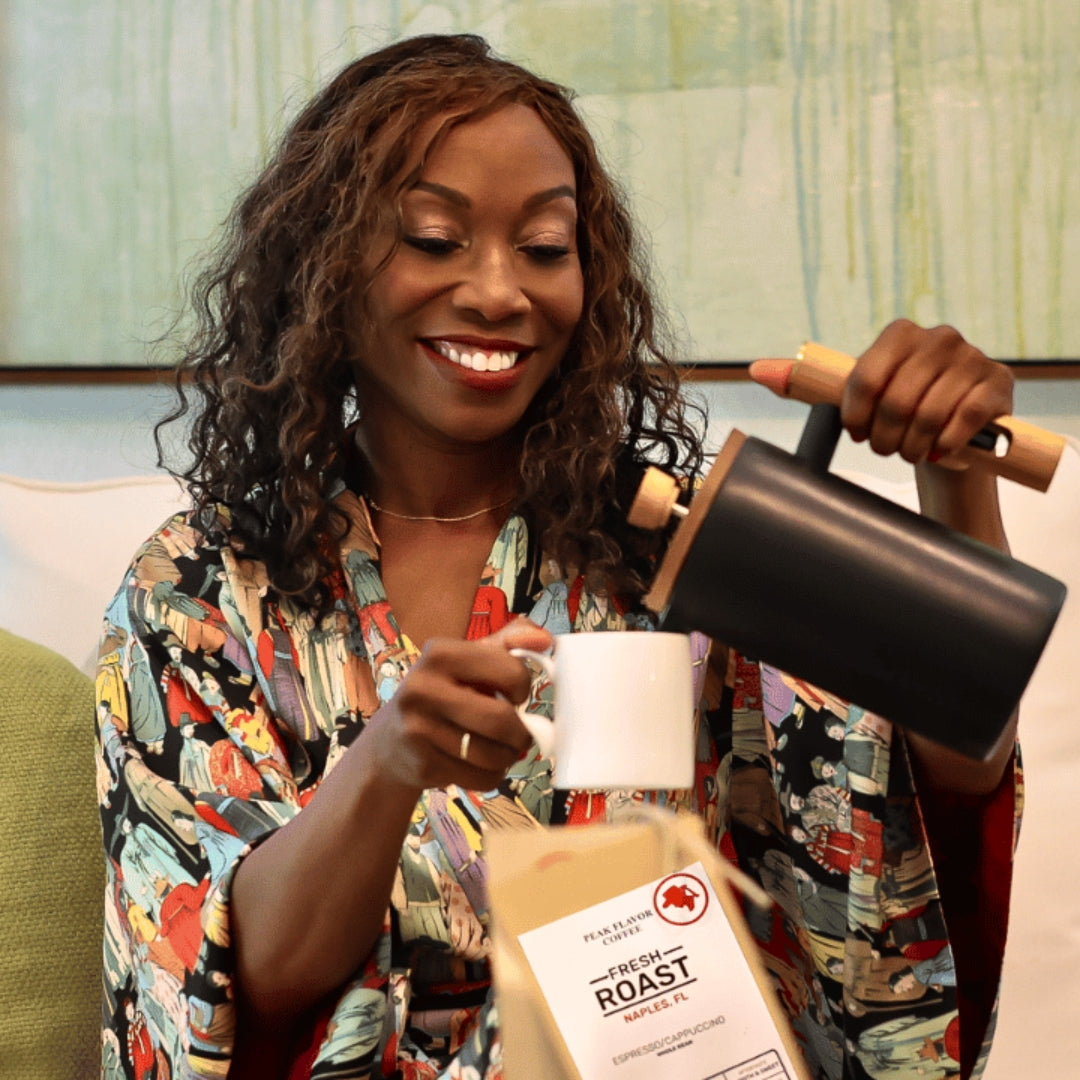How to Brew the Perfect French Press Coffee?
Hint: The Secret is in the Bean Blend
Ah, the French press. The darling of coffee purists. It’s simple, elegant, and just demanding enough to make you feel like a barista without actually requiring a barista certification. But here’s the deal: even the most Instagram-worthy French press setup won’t save you if you’re using the wrong coffee beans.
Let’s dive into the juicy, caffeinated details of finding the right coffee for French press.
The Foundation of French Press Perfection: High-Grown Beans
Let’s start where all great coffee begins: on a mountain. High-grown coffee beans are the VIPs of the coffee world.
Why? Because they’re slow to mature, which allows natural fruit sugars (like fructose) to shine. When these sugars meet a skilled roaster, magic happens—think caramel, honey, and vanilla flavors dancing in your cup.
If you’re reaching for the best beans for your French press, make sure they’ve got some altitude credentials. It’s like hiring someone with Ivy League credentials, except tastier.
Vietnamese Beans: A Love Letter to Coffee Oils
Here’s the thing about the French press method: it’s a love letter to coffee’s natural oils. Unlike paper filters that absorb these flavorful oils, the French press lets them roam free in your cup, creating that rich, velvety texture French press lovers crave. Learn more about "The French Press Method".
Enter Vietnamese coffee beans. These beauties are dripping (metaphorically) with natural oils, making them the ideal candidate for your bean blend. Add them to your French press lineup, and you’re looking at a brew that’s equal parts robust and luxurious.
Low Acidity: Your Stomach’s Best Friend
Let’s talk acidity—or rather, the lack of it. French press coffee shines brightest when it’s made from low-acid beans. Not only does this keep your stomach happy, but it also ensures that sweet, rich notes take center stage.
Beans from Brazil and Honduras are the unsung heroes here. Harvested at peak ripeness and sourced from organic farms, these low-acid beans are the peacekeepers of your morning routine. So go ahead, sip boldly.
The Peak Flavor Formula: The Perfect Bean Blend
At Peak Flavor Coffee, we’ve cracked the code to creating the ultimate bean blend for French press coffee. Our formula includes:
- High-grown Arabica beans: Because your French press deserves the best of the best.
- Vietnamese coffee beans: For that smooth, oil-rich texture.
- Low-acid beans from Brazil and Honduras: To make every sip gentle on your stomach.
Together, these beans create a harmonious blend that’s practically begging to be steeped in your French press. Curious? Check out our curated French press coffee collection and prepare to have your mornings transformed.
Quick Tips for Brewing French Press Coffee Like a Pro
Once you’ve secured the perfect beans, it’s time to get brewing. Here are a few tips to ensure you’re getting the most out of your French press:
- Grind size matters: Go for coarse coffee grounds (1050 microns with 98% consistency) to avoid over-extraction and sludge in your cup. Nobody wants coffee with “bonus grit.” If you can get access to a professional burr grinder, get pre-ground coffee. Try our French press grinds and taste the difference!
- Water temperature sweet spot: Aim for 195–205°F. Too hot, and you’ll burn your beans. Too cool, and you’ll wonder why you even bothered. Clean your french press coffee maker and metal mesh filter thoroughly to avoid that bitter hint that comes from old coffee grounds.
- Steeping time: Four minutes is the golden rule. Set a timer. Trust me, it’s worth it. Brewing coffee with full body requires patience.
- Stir with love: Gently stir after adding water to ensure all grounds are saturated. Think of it as a coffee hug.
Why Settle for Mediocre Coffee?
Let’s be real: life’s too short for bad coffee. If you’re a French press enthusiast, you owe it to yourself to start with beans that can go the distance. Whether you’re chasing notes of caramel, basking in velvety textures, or just trying to wake up in the most delicious way possible, the right bean blend makes all the difference.
Coffee hugs,
Melicent

